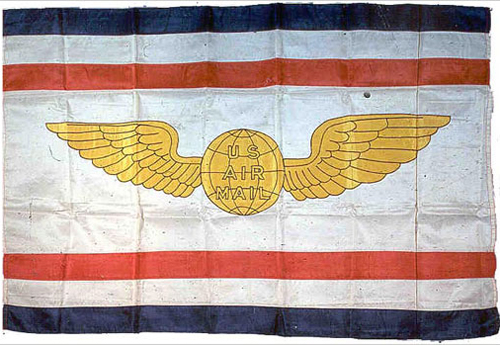The final grand challenge posed by Secretary Wayne Clough for the new strategic plan of the Smithsonian is explained by the sentence:
“America is an increasingly diverse society that shares a history, ideals, and an indomitable, innovative spirit. We will use our resources across disciplines to explore what it means to be an American and how the disparate experiences of individual groups strengthen the whole, and to share our story with people of all nations.”
“Experience Design” includes the design of physical objects, interactive technology, information design and architectural spaces. Designing the full experience implies an inclusive approach, looking at what happens as we interact with ever more complex systems and services. Digital technology has stretched the interactions that we have with objects into the more abstract realm of virtual space, pushing designers to think about the experience in a broader context. The surge in Internet connectivity has pulled everything together and linked elements that had been disparate in the past, expanding design contexts even further.

Experience Diamond from David Armarno’s blog “Logic and Emotion”
I like this diagram about experience design as it identifies attributes that we should remember if we are to “Understand the American Experience” and contribute to it through design. Let’s share meaningful stories, design for people and stimulate the senses.
It’s exciting to think about how the full span of the Smithsonian can use resources across disciplines, across the nineteen museums, nine research centers and twenty libraries! For example, a visit to the National Museum of American History reminds us about experiences of everyday life, with everything from lunch boxes to doll’s houses, or a look at the website for the National Postal Museum tells us the story of the origins of airmail.

Taking America to Lunch at the National Museum of American History

The Miniature World of Faith Bradford at the National Museum of American History

The Original Airmail Flag at the National Postal Museum